Driving in the Appalachian Mountains: what vehicles to use and what to expect when on the road
It’s a rarely discussed topic, but the type of vehicle you drive in the mountains can make a big difference to your enjoyment of your stay, whether for a weekend or a lifetime. City streets, secondary roads, and highways in the mountains are every bit as well-designed and maintained as anywhere else in the United States. However, there are some special considerations when planning to visit or move to the Appalachian Mountains.
Everyone comes to the mountains by road
Atlanta’s Hartsfield Airport is the closest major airport to the southern Appalachian Mountains. Depending on traffic, it’s 2 to 3 hours from there to Jasper, the self-proclaimed gateway to the mountains. Landing in Charlotte, North Carolina, is about the same time as getting to the mountains in Western North Carolina. No matter where you land, you’ll need a vehicle to drive to your mountain destination.
Mountain roads offer a different set of problems
People from non-mountainous areas – flatlanders, as we often call them – quickly learn that driving in the mountains is a three-dimensional game. Roads go up, often at a pitched angle, and come down just as steeply. That means slow ascents and rapid descents, often with sharp twists and turns. Many roads are unpaved, with dirt and gravel adding complexities to driving. And there is weather. Endless days of spring rain, summer‘s torrential gully washers, slick autumn leaves, and treacherous winter snow and ice.
Many roads, paved and unpaved, are single-lane. For city-dwellers, this is a novelty. In the rural mountains, it’s commonplace. Rental cabins are often found on single-lane dirt or gravel roads.
Driving in the Appalachian Mountains can be tricky at best and dangerous at worst. It takes time and practice to master all the variations one might see on mountain roads.
Who has the right of way on hills?
If you are on a one-lane road and meet another car coming in the opposite direction, who has the right of way? Traditionally, the vehicle going uphill has the right of way. This rule dates back to when not all had engines powerful enough to stop on an uphill and restart.
The vehicle heading downhill is required to get out of the way. That means backing up to a spot where you can get out of the way. This might be a driveway, an intersecting road, or just a wide spot in the dirt.
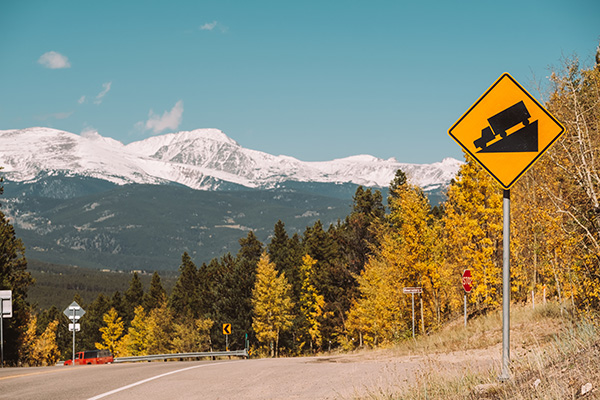
Not all vehicles make the grade in the mountains.
The pun is intended. Mountain roads are rated by their grade. The steeper the grade, the more difficult it is to go up. And the more dangerous it is to come down! While most of the interstate highways are designed to be easily traveled by any vehicle, surface streets and side roads in the mountains can be frighteningly steep. Steep grades usually are not an issue for most passenger cars or light trucks, provided they are in good repair.
In the mountains, things can get more complicated. Any number of variables can make travel by road challenging. A midsize vehicle pulling a trailer, either a boat or an RV, might find a steep country road impossible. Rain, ice, snow, and unstable road services like gravel and dirt add to potential difficulties.
Paved roadways? Anything goes.
If you stay on the paved roads, pretty much any vehicle will do fine. Most modern vehicles are engineered to handle the typical mountain road.
There are exceptions to this, however. Vehicles pulling trailers or carrying hefty loads might struggle on uphills. Large RVs and school buses may find even paved climbs to be difficult. Heavy rains cause sheet flow downhill, which can cause tires to lose connection with the roadway.
What do the locals drive?
Appalachian people are practical. In all aspects of life, they do what works. They have an eye for value and quality, and prefer the steak over the sizzle.
The same goes for vehicles. Statistics on the types of cars owned in the mountain areas are hard to come by. But go, here’s what you find:
Pick up trucks. Pickup trucks are the most common type of vehicle found in mountain areas. The pickup truck category is surprisingly diverse and adaptable, and owners tend to be fanatical in their love of a particular brand. Extended cabs make pickup trucks good family vehicles. Most preferred are four-wheel-drive variants for all-weather, all-terrain driving.
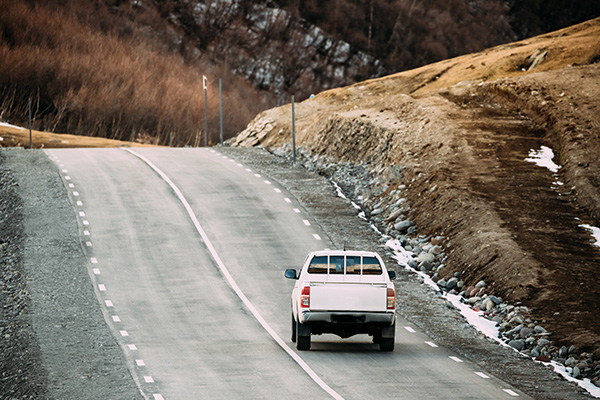
Small models like Ford Rangers, Nissan Frontiers, and even old Chevy S-10s are common on the roads. Midsize pickups include the Honda Ridgeline and the much sought-after Toyota Tacoma. Large pickup trucks like Ford F150s or 250s, Dodge Rams, Nissan Titans, and Toyota Tundras round out the category.
Four-wheel drive and All-wheel drive small SUVs. Small SUVs like the Toyota Rav-4, Honda CR-V, Mazda CX-5, CX-30, and CX-50, as well as the dependable Subaru Outback and Forester, are common. Jeeps are also extremely popular.
Vehicles with cult followings in the mountains.
Every area has vehicles that are part of the local culture. The Appalachian Mountain area is no different. Here are some of the types of vehicles you will see most often and that hold a particularly warm place in the hearts of the locals:
Jeeps. Jeep culture is extremely big in the mountains. The most common are Cherokees and the ever-cool Wranglers and their variants.
Ford Rangers and Toyota Tacomas. These small trucks are always in demand. Bomb-proof engineering allows older models to remain on the road for decades.
Toyota 4Runners. These are popular both off the shelf and as highly modified off-road vehicles. Older generations are often preferred to the newer ones, but all years are seen regularly.
Subarus. In the mountains, Subarus are everywhere. These have been the vehicle of choice for outdoor people and alternative sports for years. Usually, they have a roof rack to carry a kayak or mountain bike. A Subaru plastered with feel-good bumper stickers is not just an internet trope. It’s real.
What kind of vehicles do not fare well in the mountains
If you’re staying on paved roadways, almost anything works. Your vehicle choice becomes essential once you get onto the precipitous side roads on which we find most rental cabins.
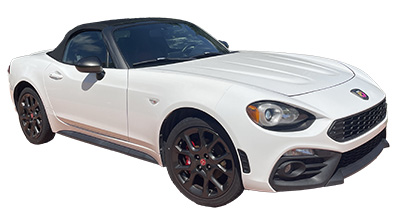
Sports cars with low clearance will do fine on paved roadways but may not make it up or down gravel or dirt roads. Even those unpaved roads typically graded and groomed can become rutted lunar landscapes after a night of rain. Many motorhomes find the narrow, twisting roads in the rural mountains impossible to traverse, especially when pulling a vehicle behind the RV.
Two-wheel drive vehicles, particularly larger SUVs and pickup trucks, often get stuck on the uneven side roads when driving in the Appalachian Mountains. In the winter months, when snow and ice make skating rinks of even main roadways, two-wheel drive vehicles are better left in the garage.
What kind of vehicles should you bring to the mountains?
If you’re renting a cabin with a spectacular mountain view, do not be surprised that the road leading to it features stomach-churning, steep switchbacks that seem to climb up sheer rock faces. And there are no guardrails! The majority of roads that lead to rental cabins are dirt or gravel, so it is likely that you will not be able to get up (or down) them in the winter. It’s common to see cars with Florida, Fulton, and Gwinnett County tags parked at the bottom of Georgia mountains while vacationers hike up, dragging suitcases.
Get a grip when driving in the Appalachian Mountains
Driving the right kind of vehicle can make or break your vacation. Traction is king. Unsurprisingly, the most common vehicles in the mountains are Subaru Outbacks and Foresters, four-wheel-drive pickup trucks, four-wheel-drive jeeps, and all-wheel-drive mini SUVs and cars.
And it’s not just for going uphill. Maintaining good traction on downhills is just as crucial as when climbing.
A note of caution: if you have a lifted four-wheel-drive pickup truck, remember that your center of gravity is higher than the truck was designed to have. Similarly, Jeep Wranglers have a higher center of gravity compared to their wheelbase width, so tipping over isn’t impossible!
Speed limits are NOT suggestions
Every summer, wreckers (that’s “tow trucks” for those of you from up north) drag crumpled vehicles of all sorts up steep inclines to the roadway that they left earlier that day. Usually, it’s speed that is the culprit. Mountain roads are notorious for turns that tighten up unexpectedly, and it’s all too easy to take a turn too wide and wind up 40 feet down a mountainside. If you are lucky, you won’t hit a tree or roll over. Many people are not lucky.
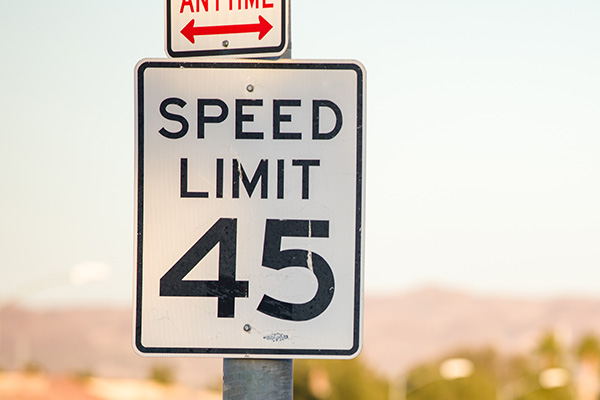
How to drive winding roads
Appalachian roads do not go in straight lines. They curve around mountainsides and follow streams and rivers. If the bulk of your driving experience is on Interstates and roadways laid out by engineers, the twists and turns of mountain roads might present a challenge.
When you come to a curve, slow down before entering, ease off the brakes, then accelerate smoothly as you exit. Take care not to drift too far to the outside of the curve, as you might go out of your lane or off the road. Be sure not to cut the curve too tightly, or you might find yourself in the oncoming traffic lane. Be sure to look as far up the road as possible in case someone coming at you has drifted into your lane. Head-on collisions happen all too often.
Traffic enforcement
There is a common misconception that, outside big cities and especially up in the mountains, the police are unsophisticated good ol’ boys with big bellies and funny accents. Think again! Depending on the agency, anywhere from 1/3 to 1/2 of officers and deputies are transplants from big agencies in Florida, Atlanta, and up north. Do not expect Barney Fife when you get pulled over in the mountains.

Like vacationers anywhere, visitors to the mountains like to cut loose. Enjoy your visit to the many fine Appalachian restaurants, bars, and vineyards, but drink responsibly. If you think those switchbacks and downhills are tricky under normal circumstances, imagine what they’re like when you’re impaired. No one wants a DUI on vacation, but even more importantly, no one wants to plunge off a mountainside into an oak tree!
Traffic enforcement is taken seriously in mountain towns and counties. Most cars that go off the roads on twisty switchbacks are vacationers. Law enforcement in the mountains is serious about keeping the roadways safe.
You have never seen darkness as dark as this
If you’ve spent most of your life in cities or suburbs, you have no idea how dark night can be. In mountain country, outside the cities and towns, there are no streetlights. If the moon is not hidden behind clouds or a mountaintop, you might have light to see. (If you have not spent time in the country, you might not realize just how bright a full moon is.)
Headlight use and etiquette when driving in the Appalachian Mountains
In the mountains, it is easy to outrun your headlights. That happens when you are driving so fast that your stopping distance is greater than the distance you can see with your headlights. Very easy to do on dark roads!
To avoid this, drivers need to use their bright lights. Without them, you won’t see far enough down the road, and curves will come upon you without warning. It’s critical to use proper high-beam etiquette. Turn the bright lights off when another vehicle is within 500 feet of oncoming traffic and a couple of hundred feet to the rear of other vehicles. When cresting a hill, look for the glow of an oncoming car’s headlights lighting the trees above the roadway, and be prepared to switch off the high beams. Motorists in the mountains are always toggling back and forth between high beams on and off.
GPS works in the mountains…usually
Mountain roads are notoriously tricky to navigate. For one thing, they rarely go in one direction. A “northbound” road may twist around and head every other compass direction as it meanders north. It is easy to get lost, and there isn’t always anyone around to ask for directions.
Fortunately, for the most part, GPS works when driving in the Appalachian Mountains. Some areas have limited coverage, but you can usually navigate using your smartphone or a dedicated GPS map device. Download the local map before you arrive so you will be able to navigate even if coverage is spotty.
Plan ahead and be prepared
Driving in the Appalachian Mountains is not difficult, but it pays to be prepared. Do your research before you visit. Try to figure out if that rental cabin (read our blog about renting cabins in the mountains) with the fantastic views is perched at the top of a mountain accessible only by a single-lane dirt road. Bring the right kind of vehicle for the time of year. And drive carefully!

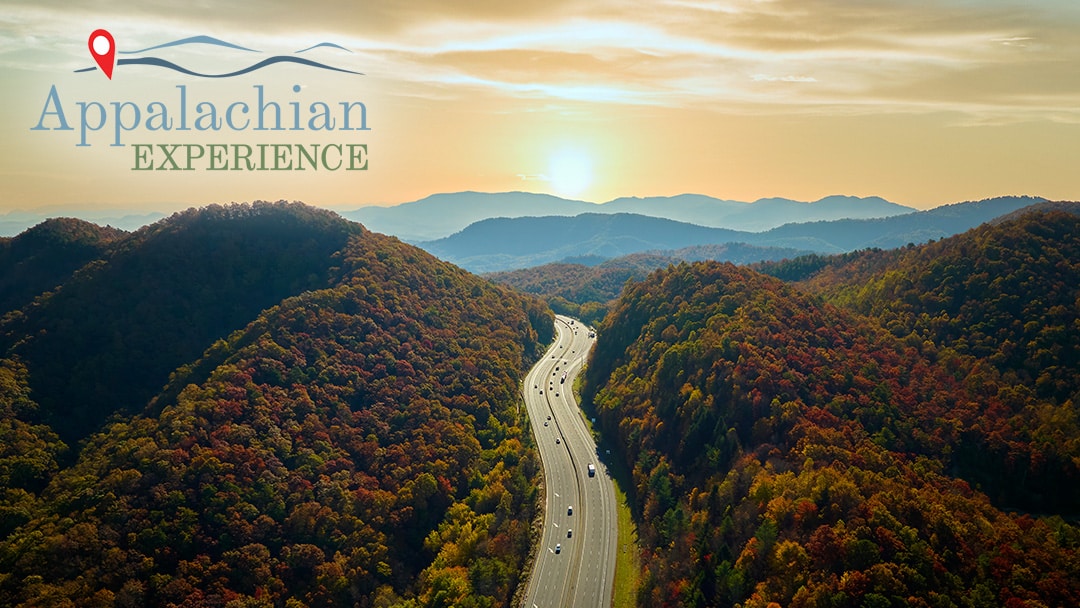

0 Comments
Trackbacks/Pingbacks